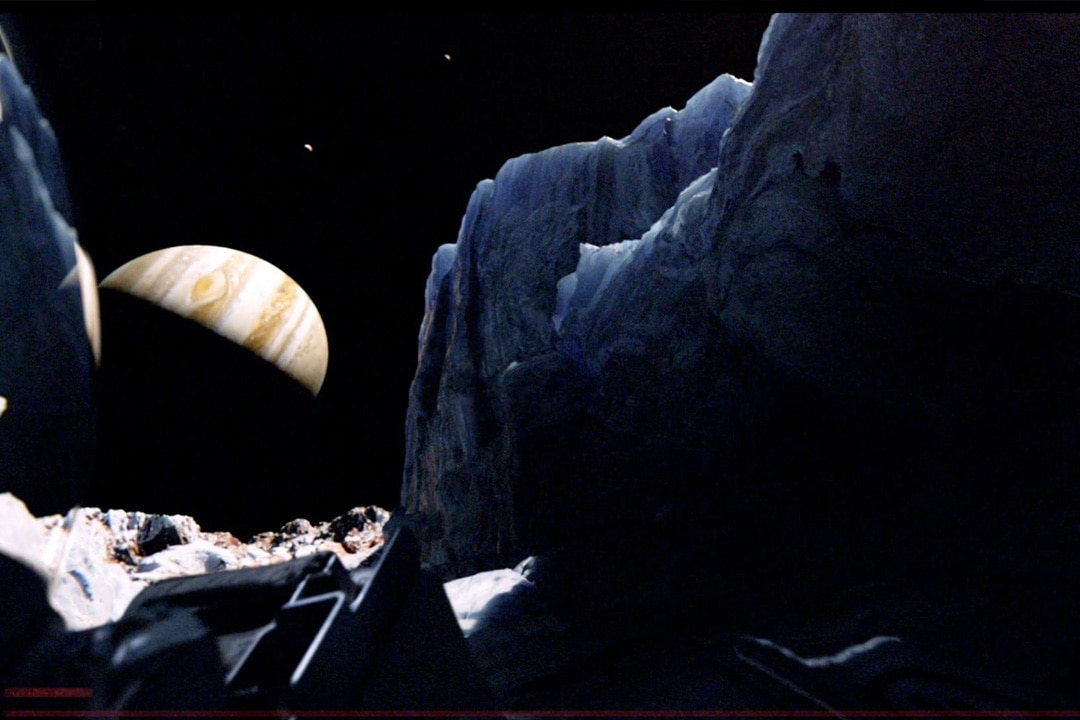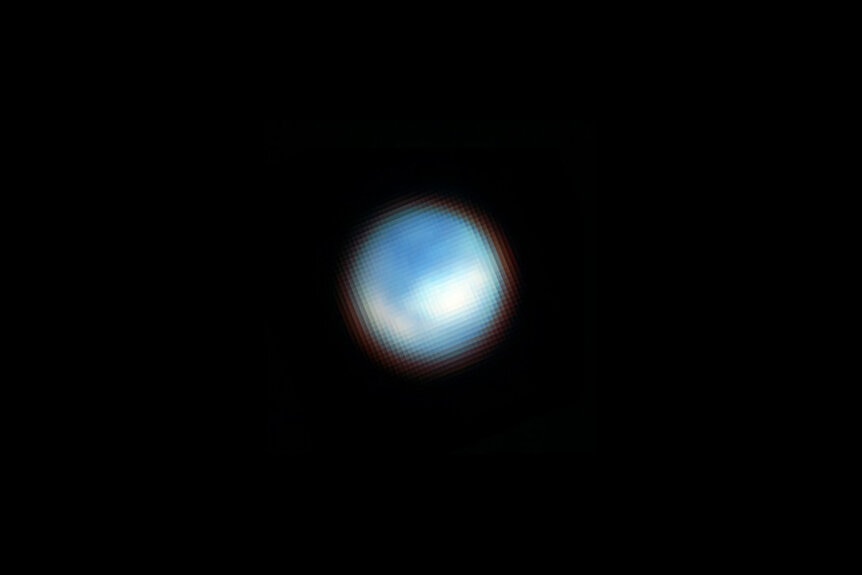Create a free profile to get unlimited access to exclusive videos, sweepstakes, and more!
JWST Finds New Evidence That Europa Could Harbor Life
Scientists confirmed the presence of carbon dioxide (CO2) on Europa, bolstering the potential for life.

Most of the solar system seems pretty barren. Wherever we look, we find interesting chemistry and geology, but no biology to speak of. There are, however, a few cosmic rocks we haven’t yet flipped over, and Europa is probably the most exciting of the bunch. Which is why the fictional crew of Europa Report (streaming now on Peacock) was so keen to get there no matter the cost.
One of Jupiter’s four largest moons, often called the Galilean moons, Europa is completely covered by a global sheet of water ice. Underneath, astronomers believe Europa is home to a massive ocean of salty, liquid water and a rocky ocean floor. In some ways, Europa might not be too different from some of our own planet’s polar or wintery regions. Now, scientists using the James Webb Space Telescope (JWST) have confirmed the presence of carbon dioxide (CO2) on Europa, bolstering the potential for life.
Evidence of Carbon in Europa’s Subterranean Ocean
Because Europa is totally covered in an icy ceiling, it’s difficult for us to know what’s going on underneath. But astronomers can get clues from the interactions between the moon’s surface and its liquid ocean underneath. To that end, scientists pointed the JWST at Europa to see what they could see.
RELATED: First Closeup Picture Of Europa In 20 Years Reveals Rugged Terrain and Degraded Crater
The relatively quick glance (the whole endeavor took only a few minutes) at Europa confirmed the presence of carbon dioxide on the surface. On Earth, all life is carbon-based, so finding a confirmed source of carbon on Europa is a solid selling point for any life hoping to move in.
Even better, analysis suggests that the carbon came from the subsurface ocean relatively recently, geologically speaking. CO2 was most abundant in a geologically young region called Tara Regio and it’s not stable on the surface, so even if carbon were deposited long ago, it wouldn’t necessarily still be there. All of that supports an argument that Europa’s carbon is relatively young. That’s important because it means it probably wasn’t deposited by a meteorite impact and could be the product of some active process going on beneath the ice.
RELATED: Searching for life on Europa: The science behind 'Europa Report'
“We now think that we have observational evidence that the carbon we see on Europa’s surface came from the ocean. That’s not a trivial thing. Carbon is a biologically essential element,” said Samantha Trumbo, a Cornell astronomer who analyzed the data, in a statement.
NASA’s upcoming Europa Clipper mission is planning to do several close flybys of the icy moon to better characterize its chemistry and geology. Europa Clipper is planned to launch just over a year from now, in early October of 2024, and will reach the Jovian system in 2030. The information it sends back should shed more light on what’s going on, potentially getting us one step closer to finding some alien buds to hang out with.
Hopefully they don’t eat us and all of our friends alive. Catch Europa report streaming now on Peacock.



























